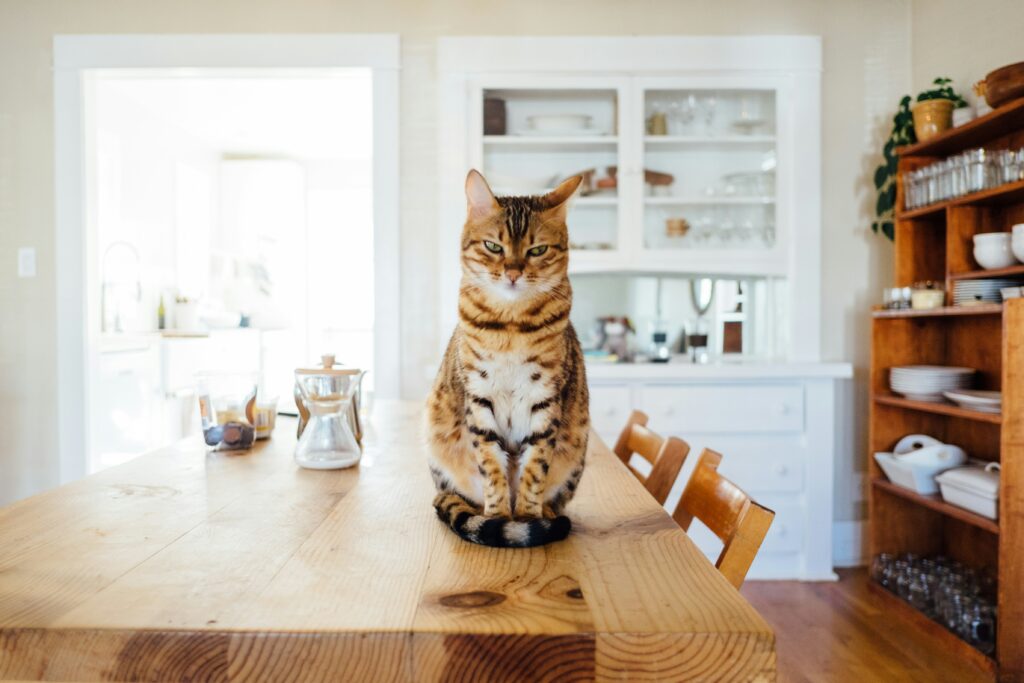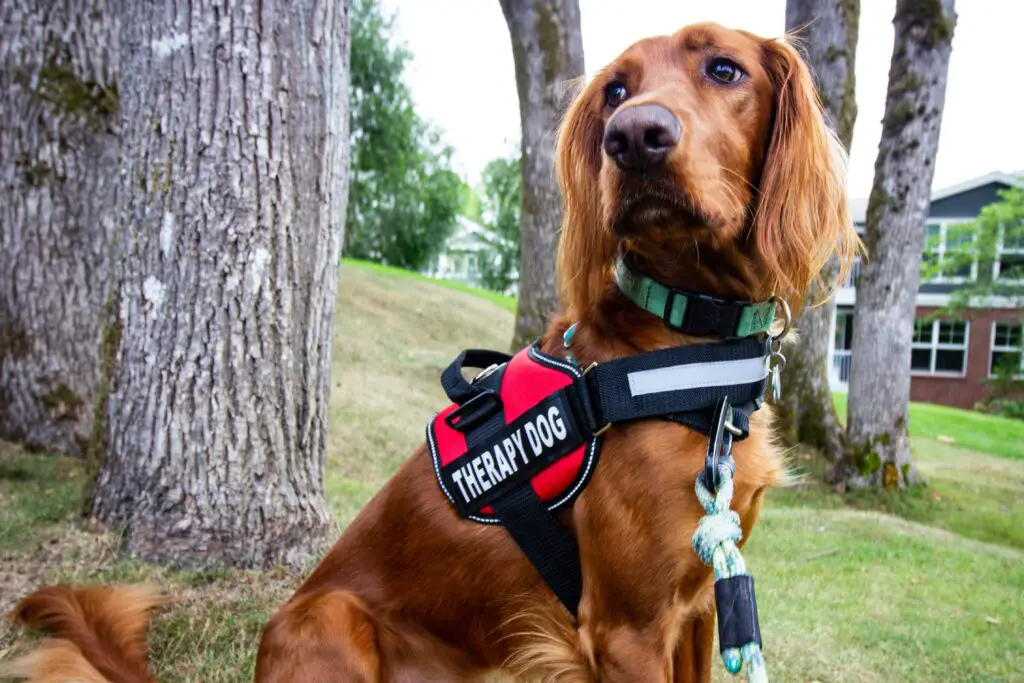The bond between humans and animals runs deep, dating back thousands of years. What started as a simple relationship based on survival has transformed into the loving companionship we experience with pets today. Let’s explore the fascinating journey of how animals evolved to become our cherished friends and family members.
The Early Days: From Wild to Domesticated
The journey of pets began over 15,000 years ago when our ancestors transitioned from nomadic hunter-gatherers to settled agricultural societies. Wolves were among the first animals to form a partnership with humans. These early wolves were attracted to human settlements due to the availability of food scraps. Over time, the wolves that were less aggressive and more sociable gradually began to evolve into what we know today as domestic dogs.
This initial bond was beneficial for both parties. While humans gained protection and help with hunting from these early dogs, the wolves received a steady source of food and shelter. This mutual relationship laid the groundwork for the close companionship we now enjoy.
The Rise of Cats: Silent Partners

Cats, on the other hand, took a different path to domestication. As humans began to store surplus grains, they inadvertently created a buffet for rodents. This, in turn, attracted wild cats, which helped control the rodent population. The cats that were less fearful of humans thrived in this environment, gradually becoming more sociable.
Unlike dogs, cats were not intentionally domesticated but rather chose to live alongside humans. This unique relationship allowed cats to remain largely independent while still providing valuable pest control, leading to a lasting bond between species.
Breeding for Traits: The Role of Selective Breeding
As societies developed, so did our understanding of breeding. Humans began to selectively breed animals for specific traits that complemented their lifestyles. Dogs were bred for various purposes, including herding, hunting, and companionship. Breeds like the German Shepherd were developed for herding and protection, while others, like the Cavalier King Charles Spaniel, were bred for companionship.
This selective breeding not only led to a variety of dog breeds but also shaped their roles in human society. As dogs became more specialized, their relationships with humans deepened, transforming them from mere helpers to beloved family members.
The Pet Culture Boom: A Shift in Perspective
Fast forward to the 19th century, and we see a significant shift in how pets were perceived. The concept of pet ownership blossomed, with animals transitioning from working companions to cherished family members. The Victorians were instrumental in this change, promoting the idea that pets provided emotional support and companionship.
The establishment of organizations like the American Kennel Club (AKC) in 1884 further solidified the pet culture by recognizing and promoting different breeds. This period saw an explosion of pet-related businesses, from grooming to pet food, as people embraced their pets as integral parts of their families.
Pets in the Modern Era: Companionship and Therapy

Today, pets are more than just animals; they’re considered part of the family. The role of pets has evolved to encompass companionship, emotional support, and even therapy. Studies have shown that having pets can reduce stress, lower blood pressure, and improve overall mental health.
Animals like dogs and cats are now recognized as therapy animals, providing comfort and support in hospitals, nursing homes, and schools. This evolution has highlighted the profound impact pets have on our emotional well-being and the importance of our bonds with them.
The Impact of Technology: New Ways to Connect
The advent of technology has further transformed the way we care for and interact with our pets. From pet cameras that allow us to check in on our furry friends when we’re away to fitness trackers that monitor their health, technology has made it easier to keep our pets happy and healthy.
Additionally, social media has created a platform for pet owners to connect, share experiences, and seek advice. This virtual community fosters a sense of belonging and support among pet lovers, emphasizing the growing importance of our relationships with animals.
The Future of Pet Ownership: A Continued Bond

As we look to the future, the bond between humans and pets is likely to continue evolving. With advancements in veterinary care and a growing emphasis on animal welfare, we’re becoming more aware of our pets’ needs and emotions. The idea of treating pets as family members will only strengthen, promoting a more compassionate and understanding society.
Ultimately, the evolution of pets is a testament to the profound connections we share with animals. From their early days as wild companions to their roles as beloved family members, our journey with pets has been one of mutual love and respect. As we continue to learn and grow alongside our furry friends, we can appreciate the unique bond that makes them truly man’s best friend.


